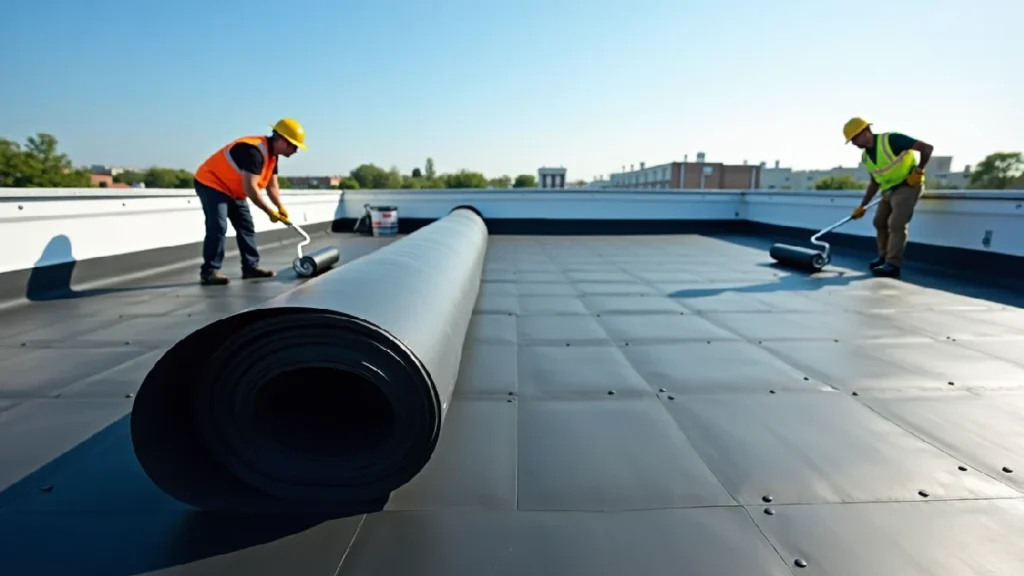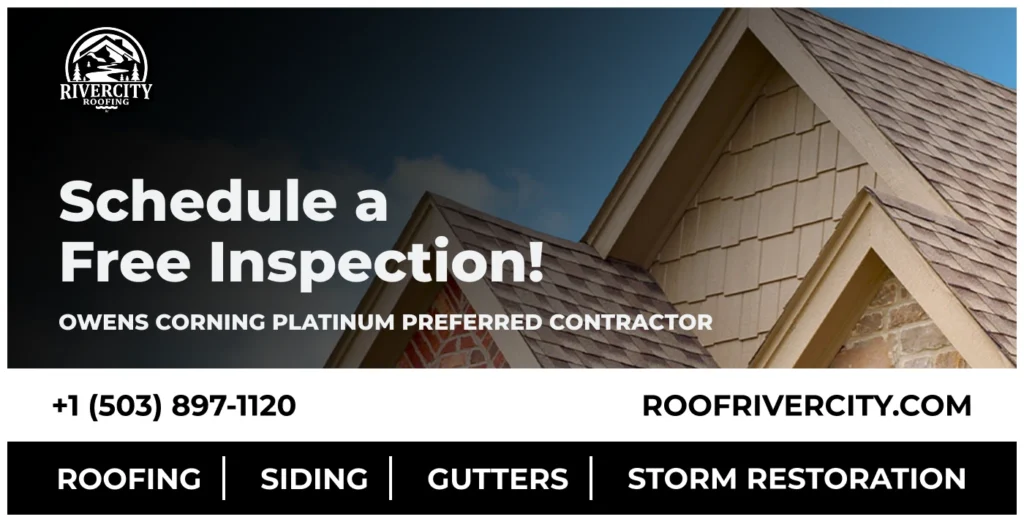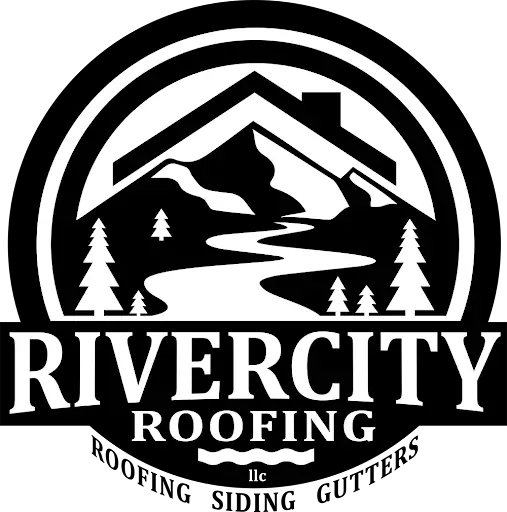EPDM roofing stands as one of the most enduring roofing solutions you can find today. A well-installed EPDM roof can last up to 30 years. This durable synthetic rubber membrane has become the top choice for low-slope commercial buildings and residential structures such as carports and patio roofs.
EPDM roofs are a great value for your money. A 2500-square-foot installation can costs about $5.50 per square foot. That’s nowhere near the cost of alternatives like TPO at $7 per square foot or PVC at $8.5 per square foot. On top of that, these roofing systems show amazing durability in extreme weather. They can handle temperatures ranging from -40°F to 300°F with ease. Your decision to pick an EPDM roof for your commercial building or home needs careful thought based on its features and benefits.
Let’s dive into the essential details about EPDM roofing systems that could make them the perfect fit for your next roofing project.
What is EPDM Roofing Material: Composition and Applications
EPDM (ethylene propylene diene monomer) emerged as a synthetic rubber compound in the roofing industry back in 1962. This material really took off during the 1970s as the Middle East oil embargo pushed asphalt prices up, which made EPDM a cost-effective choice.
The basic makeup of EPDM includes ethylene and propylene that come from oil and natural gas. Manufacturers improve UV resistance by adding carbon black to dark membranes that turns UV rays into heat, while white membranes use titanium dioxide to bounce UV rays away.
EPDM roofing membranes come in different sizes and thicknesses that match project needs. The sheets range from 7.5 to 50 feet wide and you can get them in thicknesses of 30, 45, 60, and 100 mils (1 mil equals 0.001 inches). Bigger sheets mean fewer seams, which cuts down on possible leak spots.
EPDM installation happens in three main ways:
- Fully adhered (directly glued to the substrate)
- Mechanically attached (secured with fasteners)
- Ballasted (held in place with stone or pavers)
This material’s adaptability makes it perfect for buildings of all types. You’ll find it on office buildings, distribution warehouses, hospitals, and schools, and it works great in any climate. EPDM’s flexibility lets builders use it on both flat and low-slope roofs.
Also Checkout: Pros and Cons of Flat Roofs: Is It the Right Choice for You?
EPDM’s durability stands out as its most impressive feature. It fights off heat, ozone, UV radiation, and tough weather conditions easily. The material handles cold weather better than similar roofing systems. A well-maintained EPDM roof can last 30 to 50 years, making it one of the most long-lasting roofing options out there.
The last several years have brought many improvements to EPDM systems. Better seam tapes, primers, and stronger flashing details have made today’s EPDM systems tougher than ever.

Free Roof Inspections. Fast. Reliable.
Is your roof ready to weather the storm? Dont risk property damage. Our free roof inspections provide expert analysis to identify potential issues before they become costly problems.
Cost-Benefit Analysis of EDPM Roofing Systems
EPDM roofing’s exceptional economic value makes it a popular choice today. Building owners looking at roofing investments find EPDM stands out as a budget-friendly option for commercial structures.
The original installation costs of EPDM roofing systems show notable variations. Ballasted EPDM has proven to be the most affordable option per square foot. Mechanically fastened and fully adhered systems come next in line. Cut-to-size membranes typically cost between £9.85 and £13.69 per square meter. Installation adds another $1.50 to $3.00 per square foot.
EPDM might cost more upfront than roofing felt, but it offers great long-term value through:
- Durability – EPDM roofs last 30-50 years with proper care, which means fewer replacements
- Low maintenance needs – Yearly upkeep costs run between $50 and $200
- Energy efficiency – These membranes reflect heat and reduce cooling costs
Repairs won’t break the bank. Small patches cost $50 to $300 based on size and location. Seam fixes usually run between $5 and $15 per linear meter plus labor.
The benefits go beyond just direct savings. Over the last several years, warranty options for EPDM roofing have grown substantially. You can now choose coverage from 5 to 30 years. Some manufacturers even back premium products with 40-year non-prorated material warranties.
Also Checkout: EPDM vs TPO Roofing: Which Lasts Longer on Commercial Buildings? [2025]
EPDM roofing proves especially valuable in colder areas. Studies show black EPDM membranes can be 10% more energy efficient yearly than white TPO options in northern regions. This finding challenges the belief that reflective roofing saves more energy everywhere.
Installation costs vary based on roof complexity, location, and material choice. Yet EPDM roofing systems consistently provide excellent value throughout their lifecycle. This makes them ideal for building owners who focus on long-term investment strategies.
Comparing EPDM Roofs to Alternative Flat Roofing Materials
Making an informed decision about flat roofing material requires a good understanding of how EPDM stacks up against other options. Different materials shine in different situations.
EPDM roofing stands out from the pack with its remarkable durability. A well-maintained EPDM system can last up to 50 years. This is a big deal as it means that EPDM outlasts both TPO and PVC, which typically last 20-30 years [27, 31].
TPO blends ethylene-propylene rubber with polypropylene to create a reflective white membrane that helps cut energy costs in warmer climates. But TPO’s relative newness and ongoing formula changes make its long-term performance harder to predict than time-tested EPDM systems.
PVC roofing excels at resisting chemicals and fire. Its high-frequency heat-welded seams create stronger bonds than EPDM’s adhesive connections. Notwithstanding that, PVC’s chemical makeup, which includes chlorine, makes it less eco-friendly.
Modified Bitumen bridges the gap between single-ply membranes and built-up roofing. This polymer-reinforced, asphalt-based material resists punctures well. The lifespan runs 10-15 years, nowhere near EPDM’s potential 50-year durability.
These materials offer various installation methods. Contractors can mechanically fasten, fully adhere, or ballast EPDM with gravel or pavers. TPO and PVC installation works similarly through mechanical attachment or adhesive bonding.
Budget-conscious builders often choose EPDM or TPO as the most cost-effective options. PVC costs more due to its superior durability and chemical resistance.
Local climate should guide material choice. Dark EPDM absorbs heat, which helps in colder areas, while white TPO and PVC reflect sunlight to reduce cooling expenses in warmer regions.
EPDM emerges as a top choice among many quality options. Its unique blend of durability, flexibility (300% stretch with shape memory), weather resistance, and proven performance makes it ideal for projects that need maximum longevity.

Conclusion
EPDM roofing proves its durability and value in modern construction. Decades of performance show this synthetic rubber membrane provides exceptional protection at a budget-friendly cost of about $5.50 per square foot.
The remarkable adaptability of EPDM roofing benefits building owners, especially when you have different climate conditions. The material manages to keep its integrity in temperatures ranging from -40°F to 300°F. Building owners can choose from multiple installation methods – fully adhered, mechanically attached, or ballasted – making EPDM ideal for roofing projects of all types.
EPDM substantially outlasts alternative materials like TPO and PVC. These options typically protect buildings for 20-30 years, while well-maintained EPDM roofs can last up to 50 years. The minimal maintenance needs and strong energy efficiency make EPDM roofing an outstanding investment that delivers long-term value.


